New Year’s Eve is celebrated in countless ways across the globe, with each country adding its own unique twist to this grand occasion. Whether it’s fireworks lighting up the sky, eating specific foods, or engaging in time-honored rituals, the ways in which people ring in the new year are diverse and exciting. In this blog post, we’ll take a journey through the world’s most fascinating New Year’s Eve traditions and explore how different cultures celebrate the arrival of 2025.
1. Spain: Eating 12 Grapes for Good Luck
In Spain, it’s customary to eat 12 grapes at the stroke of midnight, one for each chime of the clock. This tradition is believed to bring good luck for each month of the upcoming year. The fast-paced nature of this custom makes it both a fun and challenging way to celebrate, and it’s a tradition that has been followed for centuries.

2. Brazil: Jumping Over Seven Waves
In Brazil, people head to the beach on New Year’s Eve to celebrate with a lively tradition. It is customary to jump over seven waves, with each jump representing a wish for good luck in the coming year. The tradition is tied to the Afro-Brazilian religion Candomblé, where the goddess of the sea, Iemanjá, is honored with offerings.

3. Japan: Joya no Kane Bell Ringing
In Japan, the New Year is celebrated with the sound of 108 bell rings, known as the Joya no Kane. This ringing symbolizes the 108 human sins in Buddhist belief, and by ringing the bell, people cleanse themselves from negative influences and begin the new year with a fresh start. The countdown is peaceful and reflective, with people also enjoying traditional foods like osechi-ryori.
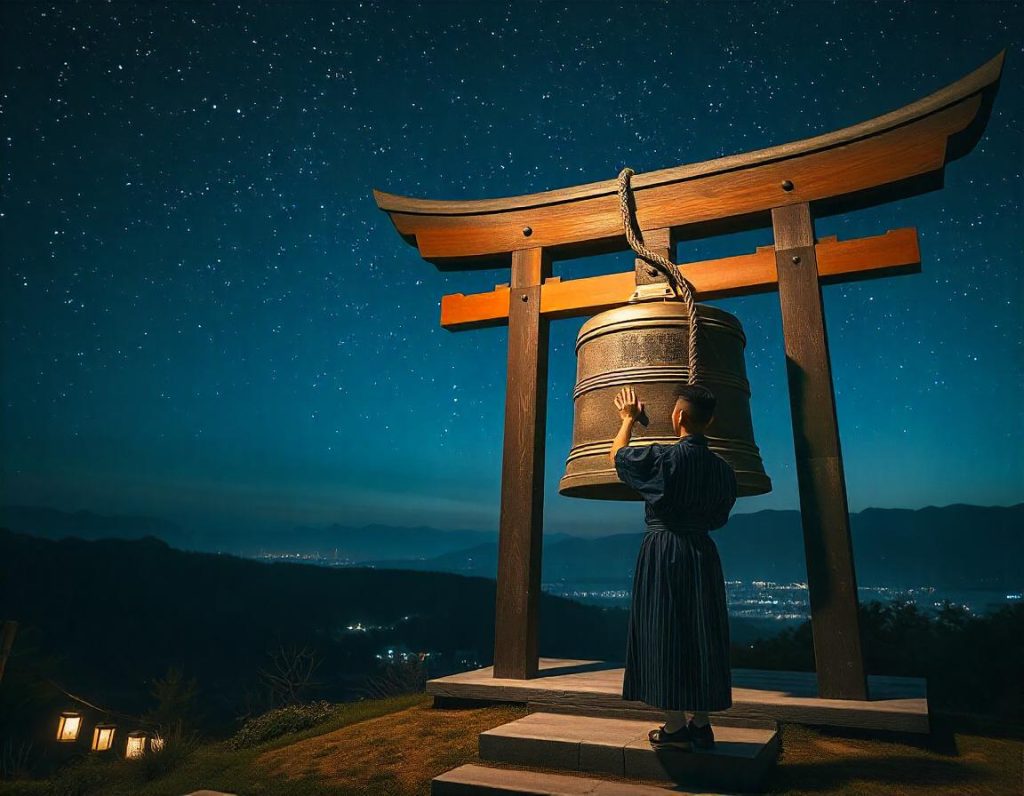
4. Denmark: Smashing Plates for Luck
In Denmark, people celebrate by smashing old dishes and plates in front of friends and neighbors. The bigger the pile of broken dishes, the more good luck it is believed to bring. It’s a fun and symbolic way to leave behind the old year and look forward to the new one.
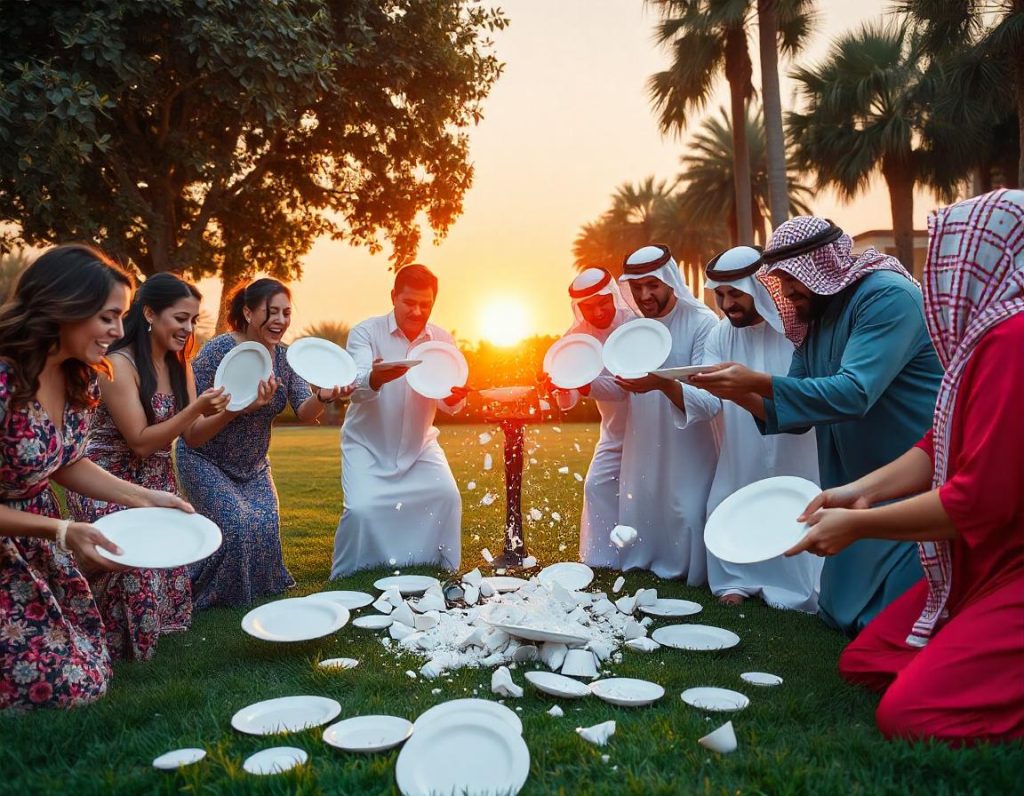
5. Scotland: First Footing Tradition
In Scotland, the first person to enter a home after midnight is known as the “first footer” or “first footer.” This person is typically expected to bring good fortune, and they often carry symbolic gifts like coal, shortbread, or whiskey to ensure prosperity for the coming year. It’s a tradition that promotes visiting friends and family and spreading good cheer.
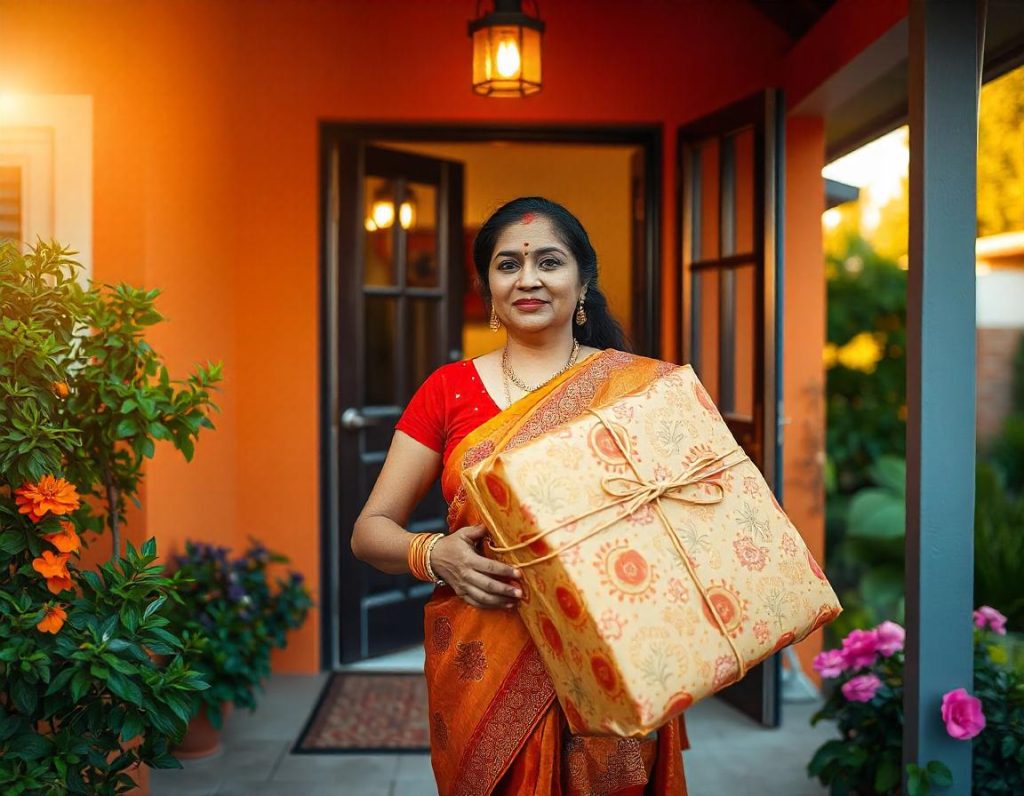
6. Greece: Hanging Onions for Fertility and Luck
In Greece, New Year’s Eve is celebrated with a unique tradition of hanging an onion on the front door as a symbol of fertility and good luck. On New Year’s Day, parents wake their children by tapping them with the onion, symbolizing a fresh start and growth for the new year.
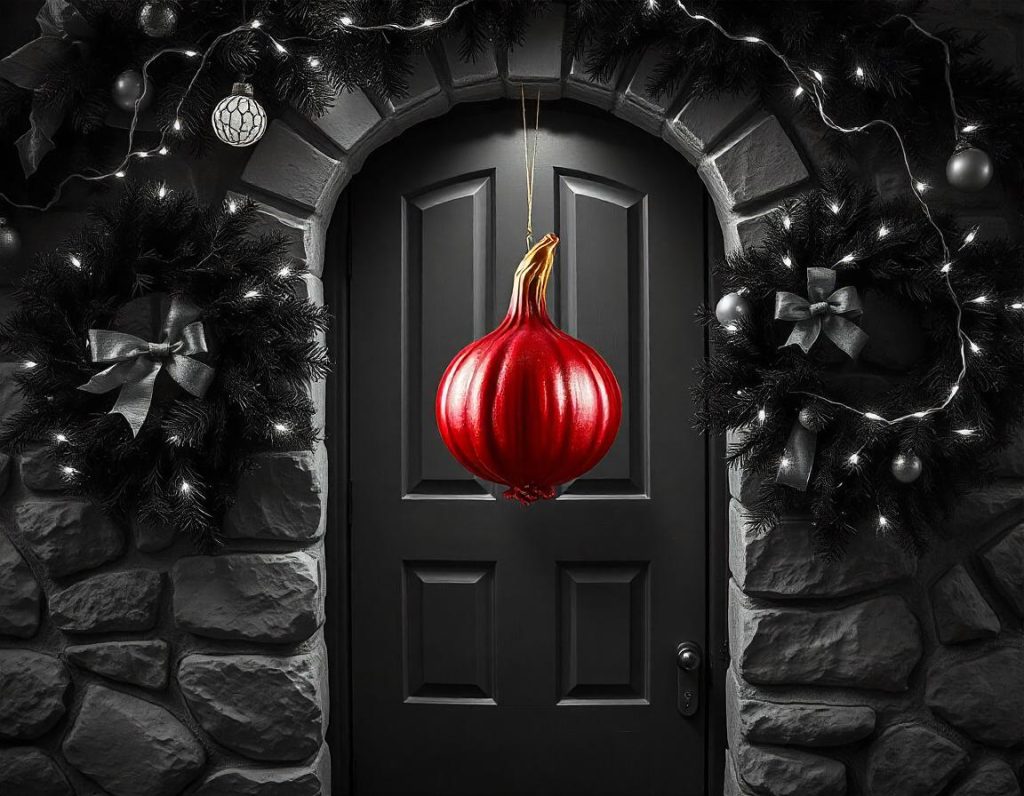
7. Italy: Wearing Red Underwear for Good Luck
In Italy, one of the most popular New Year’s traditions is wearing red underwear. This tradition is believed to bring good luck, love, and prosperity in the coming year. It’s a lighthearted yet meaningful custom that’s especially popular among the younger crowd, who make sure to wear the color on New Year’s Eve.
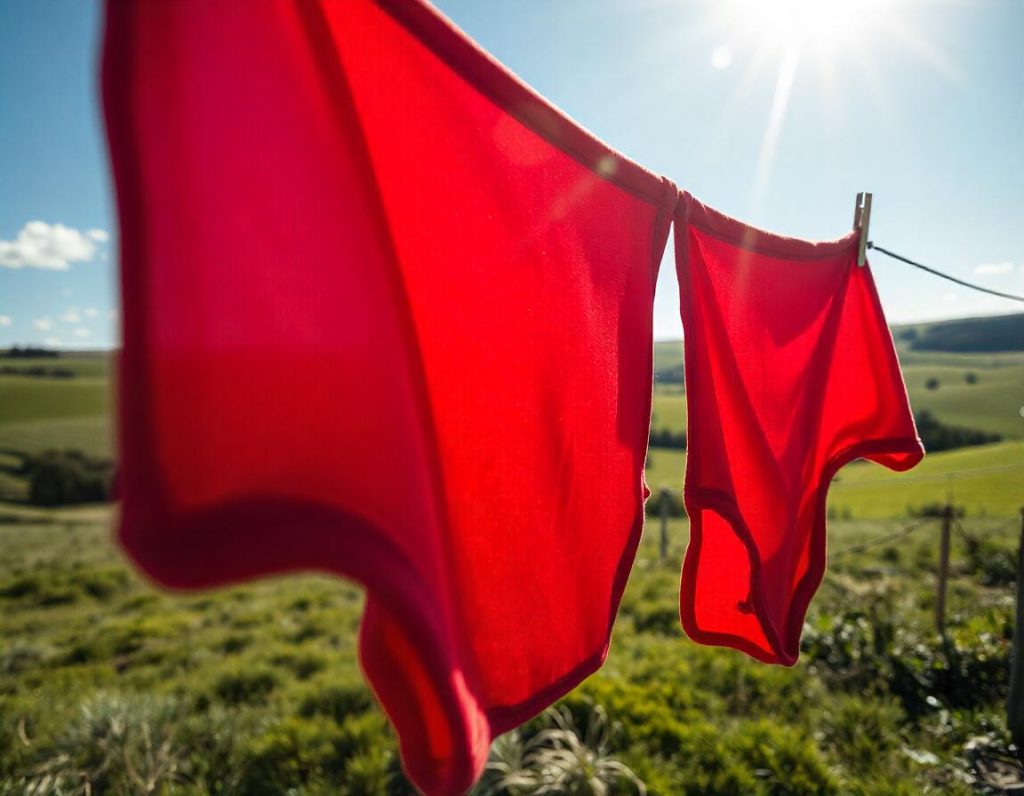
8. Russia: Writing Wishes on Paper and Burning Them
In Russia, people write down their New Year’s wishes on a piece of paper and then burn it as the clock strikes midnight. The ashes are collected and mixed with champagne, which is then drunk for good luck and to ensure that their wishes come true. This combination of writing, burning, and drinking creates a fun and unique New Year’s tradition.

9. Mexico: Eating Lentils for Prosperity
In Mexico, eating lentils on New Year’s Eve is thought to bring prosperity and wealth in the upcoming year. Many people make a wish as they eat the lentils, hoping that their financial situation will improve. It’s a tradition that ties the celebration of the New Year to the desire for prosperity and abundance.
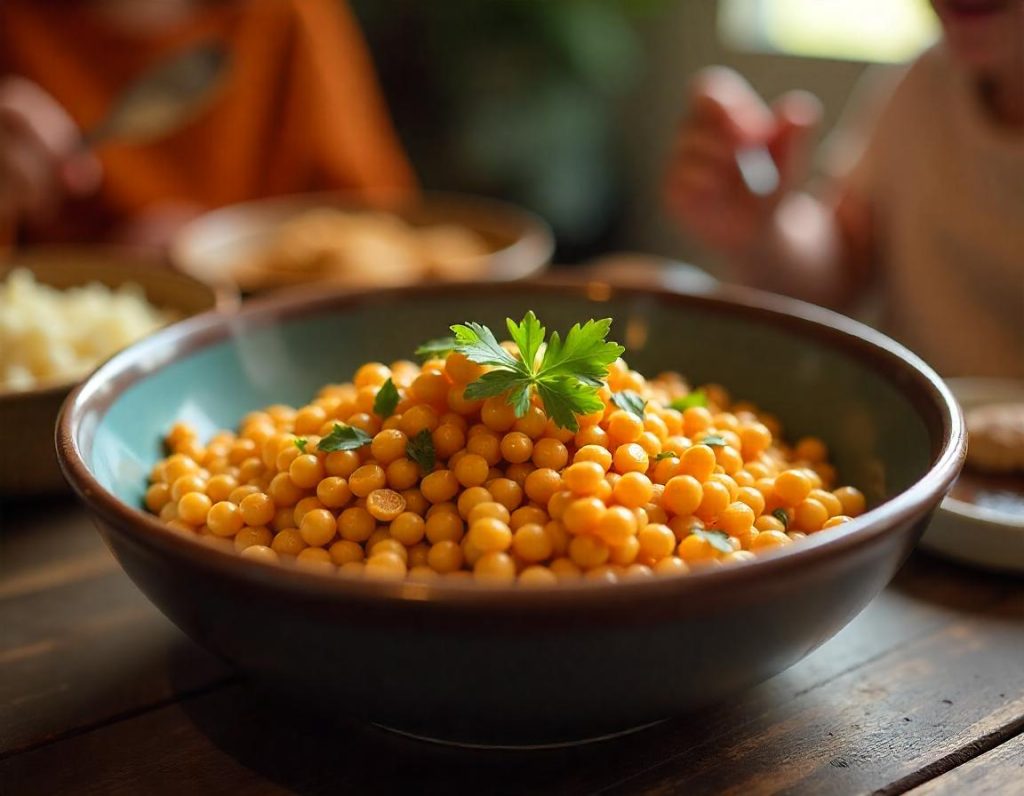
10. Finland: Casting Molten Lead for Fortune
In Finland, people engage in a fascinating New Year’s tradition known as “spelman’s lead.” The custom involves melting a piece of lead and casting it into cold water, where the solidified lead shape is interpreted to predict the coming year. The shape of the lead determines the fortune and key events for the upcoming year.

Conclusion:
No matter where you are in the world, New Year’s Eve is a time to celebrate, reflect, and make wishes for the future. These global traditions provide a unique glimpse into how different cultures mark the transition from one year to the next. Whether you’re eating grapes in Spain, jumping waves in Brazil, or wearing red underwear in Italy, each tradition carries its own meaning and excitement. As you celebrate the arrival of 2025, why not adopt a new tradition from another culture to make your celebration even more special?
